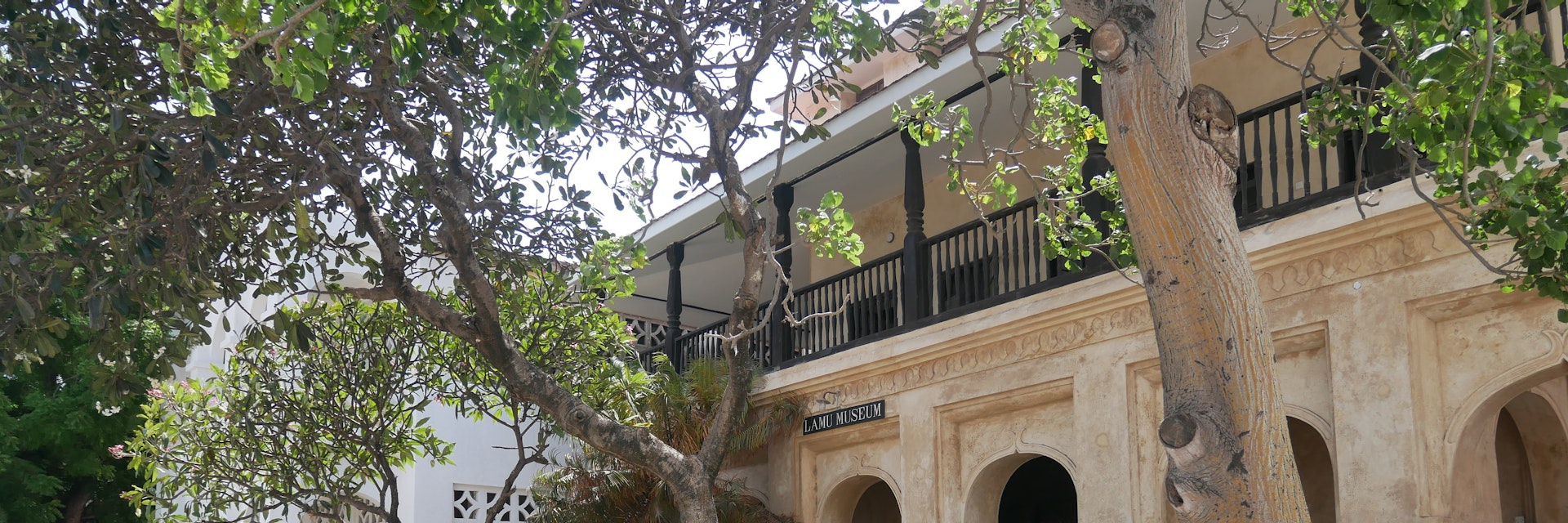The best museum in town (and the second best in Kenya) is housed in a grand Swahili warehouse on the waterfront. This is as good a gateway as you’ll get into Swahili culture and that of the archipelago in particular. Exhibitions focus on boat-building, domestic life and weddings, the intricate door carvings that you're likely to encounter (from Swahili and Omani to Kijumwa, Swabu and Bajun) and traditional silver jewellery. Don't miss the ceremonial siwa (side-blow) horns of ivory and brass.
Of note are the photographic displays of traditional women’s dress – those who consider the bui-bui (black cover-all worn by some Islamic women outside the home) restrictive might be interested to see the shiraa, a tent-like garment (complete with wooden frame to be held over the head) that was once the respectable dress of local ladies. There are also exhibits dedicated to artefacts from Swahili ruins, the nautical heritage of the coast (including the mtepe, a traditional coir-sewn boat meant to resemble the Prophet Mohammed’s camel – hence the nickname, ‘camels of the sea’) and the three tribes that inhabit the northeast of Kenya: the Pokomo fishermen from the Tana River delta, the Boni hunters that reside near the Somalian border and the Maasai-like Orma, famous for their animal husbandry. Guides are available to show you around for a tip.




